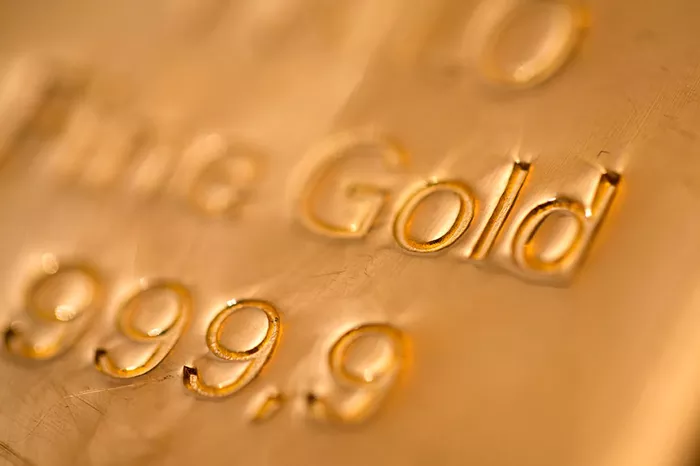Gold prices saw an uptick on Thursday, March 27, as escalating fears over U.S. President Donald Trump’s plans to impose reciprocal tariffs next week stirred anxieties in global trade markets. Spot gold rose by 0.1%, reaching $3,022.69 per ounce, while U.S. gold futures gained 0.2%, settling at $3,026.70. These movements in the gold market reflect a heightened sense of uncertainty as investors react to the implications of the trade war and broader economic conditions.
On Wednesday, Trump unveiled plans to impose a 25% tariff on imported cars and light trucks, set to take effect on April 2. This new tariff escalates the global trade conflict, drawing concerns from market participants about the potential economic fallout. Investors worry that such reciprocal tariffs could spark inflationary pressures, slow economic growth, and exacerbate trade tensions between the U.S. and other major economies.
As a result of these fears, gold prices reached a record high of $3,057.21 on March 20, driven by investors seeking a safe-haven asset amidst the uncertainty surrounding U.S. trade policies. Gold, traditionally seen as a store of value during times of economic turmoil, has become a popular investment choice as global trade disruptions and inflation concerns mount.
Neel Kashkari, the president of the Minneapolis Federal Reserve Bank, added to the market uncertainty by acknowledging that while the U.S. central bank has made progress in curbing inflation, there is still more work to be done to bring inflation down to the Fed’s 2% target. Despite recent indications that the Federal Reserve might cut interest rates later this year, market participants are closely watching the next release of U.S. economic data for further clues on the future direction of U.S. monetary policy. This includes the personal consumption expenditures (PCE) data set to be released on Friday, which is expected to provide insight into inflation trends and the Fed’s next steps.
The outlook for gold is heavily influenced by interest rates, as non-yielding assets like gold tend to perform well in a low-interest-rate environment. With the Federal Reserve maintaining a cautious stance on rate hikes, bullion has continued to benefit from the reduced opportunity cost of holding the precious metal.
In addition to concerns over tariffs and interest rates, Goldman Sachs raised its gold price forecast for 2025 to $3,300 per ounce, up from an earlier estimate of $3,100. The investment bank cited stronger-than-expected inflows into exchange-traded funds (ETFs) and sustained demand from central banks as key drivers behind the forecast revision. As central banks around the world continue to build their gold reserves and investors seek alternative assets amid economic uncertainty, the demand for gold remains robust.
With tensions surrounding Trump’s tariff policies and the broader economic landscape continuing to unfold, the future of the gold market appears closely tied to developments in both global trade relations and U.S. monetary policy. Investors will remain vigilant, awaiting further data and signals from both the U.S. Federal Reserve and geopolitical events that could have a lasting impact on market dynamics and the price of gold.
Related topics:
- India Surpasses China in Gold Purchases, Buying 51% More in Three Months
- Qilu Bank Enhances Support for Small Businesses with Innovative Financial Tools
- Bitcoin Poised for a Surge Amid Gold’s Delivery Delays, Expert Claims


